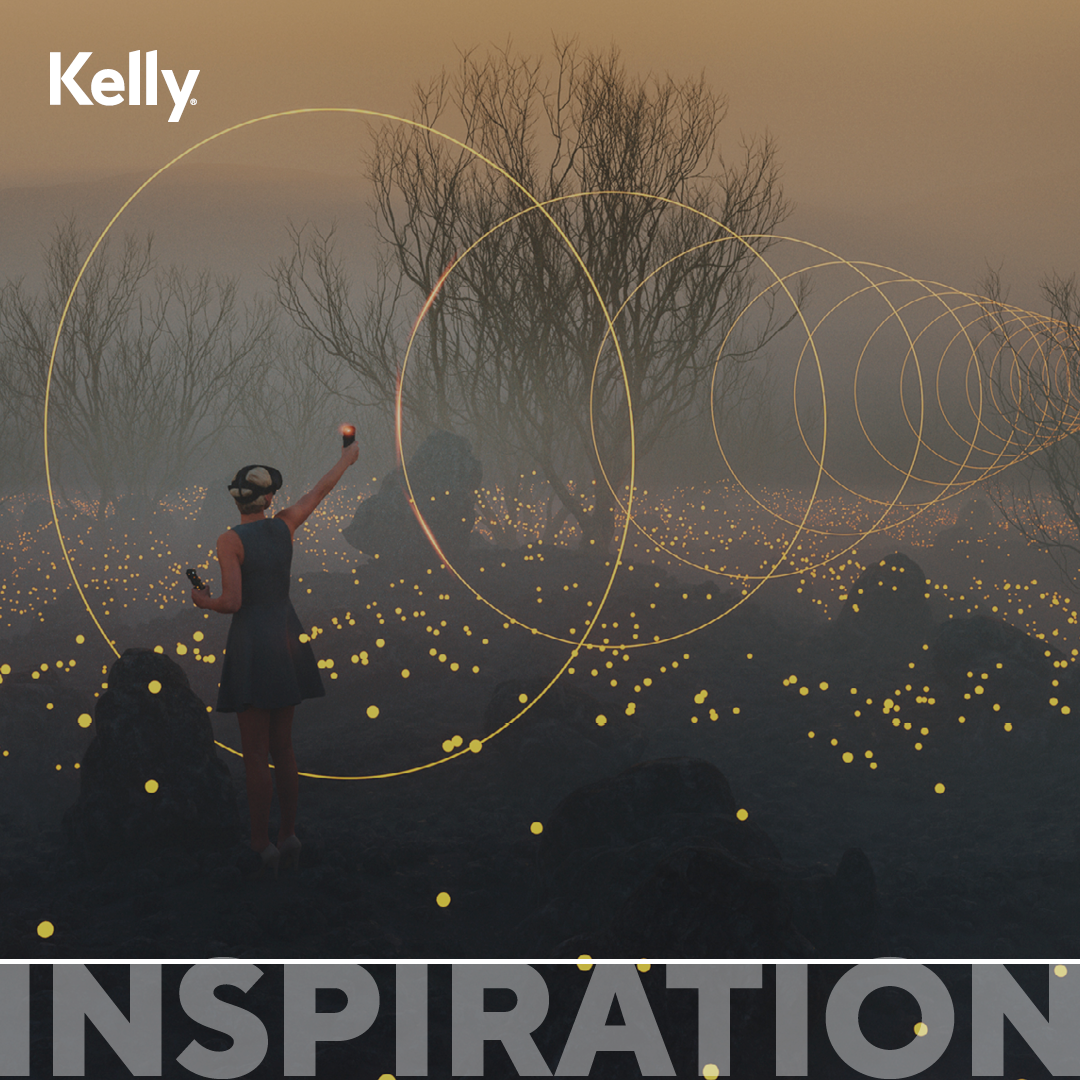
Over the past years, there’s been a growing awareness of the fact that minorities face stereotyping and prejudice throughout many aspects of society—including at work. Companies that truly wish to be inclusive need to take action to figure out what their work environment is like for underrepresented groups, how it impacts careers, and how leadership can encourage positive change. Here are four things every business should do to achieve this, according to LinkedIn:
1. Make sure that company leadership is committed to change.
This kind of change needs support from the highest levels in an organization. Leaders need to understand how dire the situation is for underrepresented groups, recognize their own role in the situation, and explore what they can change about their beliefs and behaviors. This can be challenging, because they have to be willing to be vulnerable and ask the hard questions.
2. Investigate the real reasons employees from minority groups leave.
Leverage exit interviews and employee resource groups to find out why underrepresented employees have negative experiences in the workplace. This can be due to anything from micro-aggressions from coworkers to being passed over for promotion by managers. It’s important to understand that this type of systemic prejudice and discrimination leads to a toxic workplace where underrepresented employees feel they don’t belong.
3. Provide career support from senior leaders.
When underrepresented groups have sponsors in more senior positions who can advocate for them, they stand a better chance of getting the career resources—and ultimately the promotions—they deserve.
4. Ensure diversity and inclusion is a priority in everything.
It’s not just the big initiatives that are important—it’s also the small stuff, like the type of clothing that’s considered acceptable, the kind of food that’s ordered for team lunches, and the kind of music that’s played in common areas. By designing the workplace around diversity and not just one single group, businesses can invite employees of many different backgrounds and cultures into daily life.
When you create a workplace that embraces inclusivity, it becomes easier not only to retain diverse talent, but also to attract more people from different ethnicities and backgrounds. And since diverse teams are proven to be more creative, that can have a positive effect on your organization’s bottom line.







